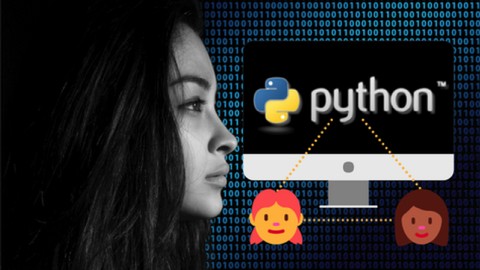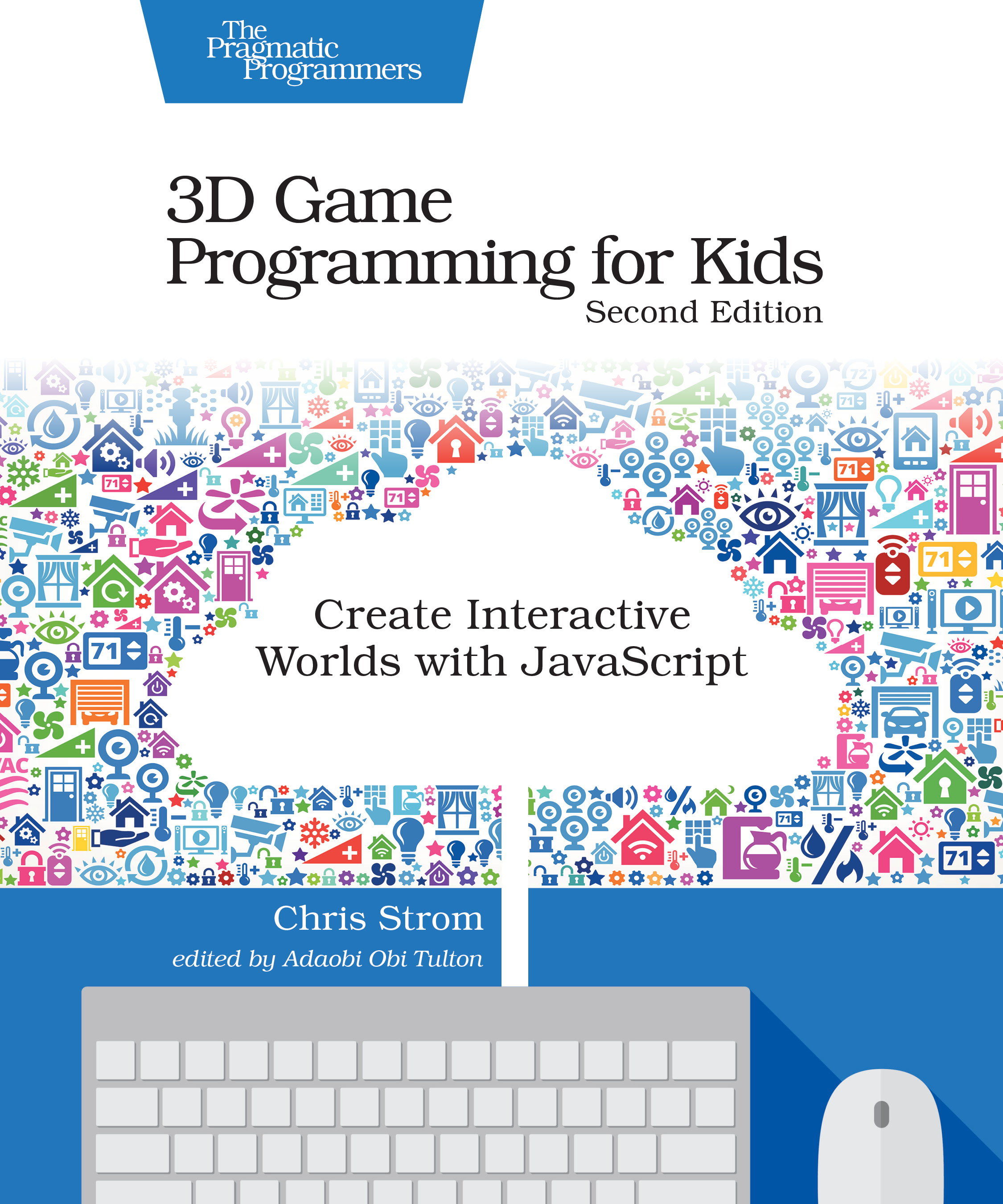

Is a standard extension to Java which supports 3D display, this is Java3D.

It is more difficult to distribute Java applications to other people. Is for Java, however the downside of this is that Java can run slower and
Use Java and Java3D - Much easier to learn, this is what I use, JBuilder6. (GLUT) or Direct3d and any other libraries you may need. Have to learn C++ (the easy part!) we also have to understand the OpenGL library There is quite a steep learning curve, because, not only do we That runs fast and we also need efficient 3D libraries. If we want to display 3D graphics in real-time,įor instance in a game or 3D simulation, then we need a language and environment Points it would be relatively easy to program in any reasonably efficient language What are the options? If we just want to display a 2d representation of the If you are a beginner to programming, see here. Experienced Java developers, experienced with OpenGL or VRML, little or no experience with Java 3D.What language and programming environment should we use for 3d programming? R+D s/w engineers at commercial institutions. Moderately experienced in Java, some experience of 3D graphics, little or no experience of Java 3D is needed. Readers of this book would include students and postgraduate researchers developing visualization applications for academia. Java 3D Programming comes complete with a comprehensive set of programming examples to illustrate the techniques, features, workarounds and bug fixes contained in the main text. 
Experienced Java 3D developers will applaud an authoritative resource containing the state-of-the-art in techniques and workarounds, while novice Java 3D programmers will gain a fast-track into Java 3D development, avoiding the confusion, frustration and time wasted learning Java 3D techniques and terminology. The author distills 12 months of using the Java 3D API for commercial projects, as well as innumerable discussions on the Java 3D email list into a book that all Java 3D developers will appreciate. The book does not attempt to exhaustively cover the API or replicate the official documentation but rather serves as a roadmap to alert programmers of design issues and potential pitfalls. The book provides invaluable guidance on whether to use Java 3D, user interface design, geometry creation, scene manipulation and final optimizations. Java 3D Programming steps programmers through the important design and implementation phases of developing a successful Java 3D application.







 0 kommentar(er)
0 kommentar(er)
